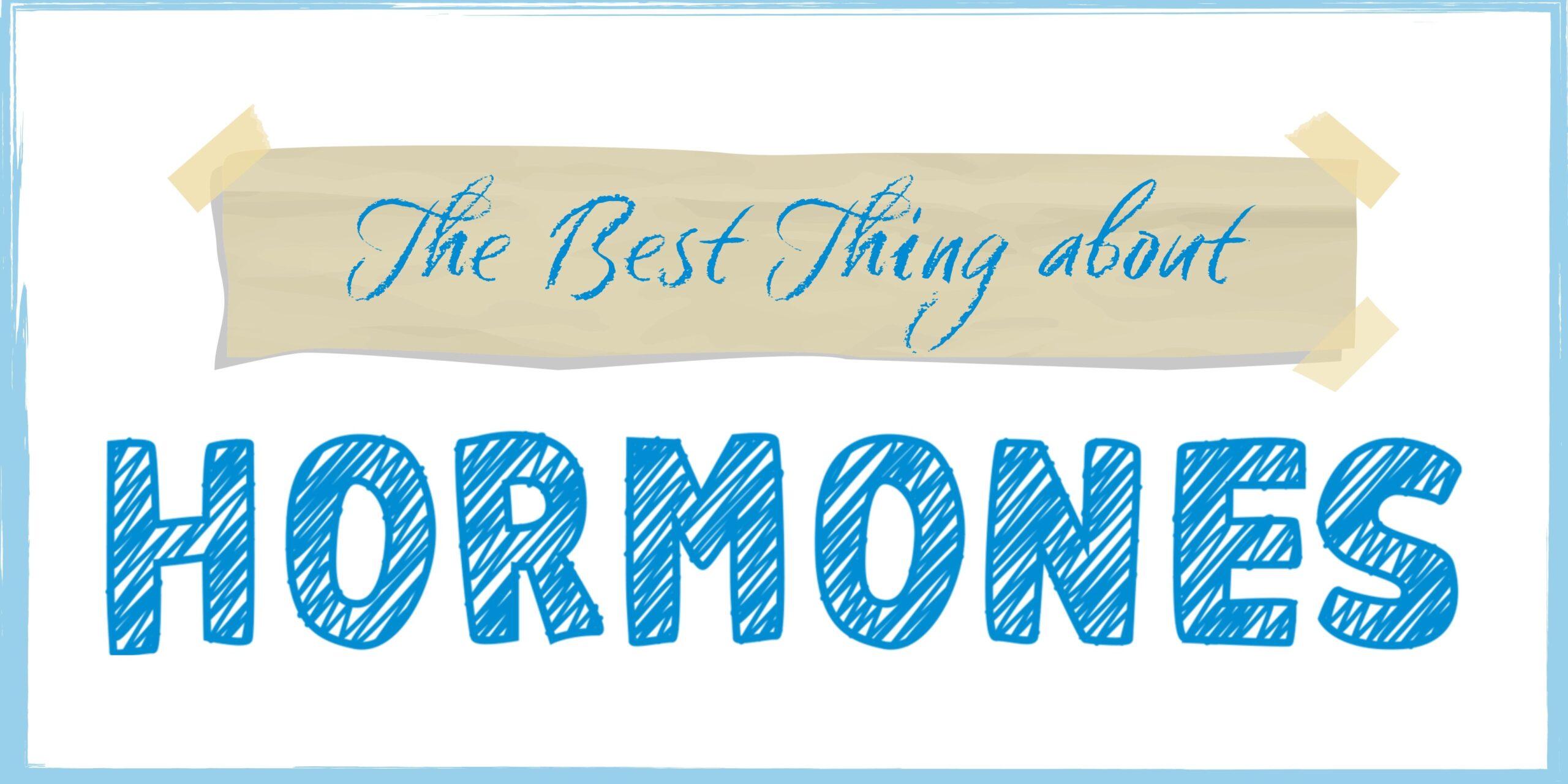
The best things about Hormones!
The functions of hormones and their types are expounded in this article. The endocrine system is built up of a number of organs known as glands that regulate hormone production. Hormones are created and secreted or released by these glands, which are found all over your body. Hormones are substances that transmit information from your bloodstream to your parts of the body, skin, muscles, and specific other tissues, allowing them to integrate various tasks in your body. These indicators primarily instruct your body on what to do and when to do it, among other things. Some glands are pretty small, measuring approximately the thickness of a rice grain or a pea. The pancreas, which is approximately 6 inches in length, is the largest gland in the human body and is responsible for digestion. Hormones work gradually and over time, and they have an impact on a wide range of processes. Your mood may be affected by hormones.
Types of hormones
Even though the human body contains many hormones, they can be classified chemically into three groups: lipid-derived, amino acid-derived, and peptide, peptide, and protein-derived hormones. One of the fundamental characteristics of lipid-derived hormones is their ability to permeate through the plasma membrane surface, whereas amino acid- and peptide-derived hormones cannot. The functions of hormones entail the regulation of mood and intellectual processes, among other things. The production of hormones is aided by the functions of lipids made of fatty acids or fatty acid derivatives. In humans, the principal category of lipid hormones is the steroid hormones, often ketones or alcohols; their chemical names finish in “-ol” for alcohols and “-one” for ketones. Estradiol, an oestrogen or female sex hormone, and testosterone, an androgen or male sex hormone, are examples of steroid hormones. Female and male reproductive systems, respectively, generate these two hormones. Aldosterone and cortisol are two more steroid hormones produced by the adrenal glands and a few other forms of androgens. Steroid hormones are insoluble in water and are delivered in the blood by transport proteins. As a result, they have a longer half-life in circulation than peptide hormones.
Types of hormones continued
Hormones formed from amino acids are tiny compounds developed from the amino acids tyrosine and tryptophan. If a hormone is generated from an amino acid, its scientific title will begin with “-ine”. Epinephrine and norepinephrine, which are generated in the medulla of the adrenal glands, and thyroxine, which is generated by the thyroid gland, are types of amino acid-derived hormones. Melatonin is produced and secreted by the pineal gland in the brain, and melatonin governs sleep cycles. The maintenance of body temperature is one of the functions of hormones. Peptide hormones have the structure of a polypeptide chain, which is a chain of amino acids. Peptide hormones are shortened polypeptide chains, like antidiuretic hormone and oxytocin, generated in the brain and distributed into the bloodstream via the posterior pituitary gland. Additionally, this class comprises tiny proteins such as pituitary-produced growth hormones and large glycoproteins such as a pituitary-produced follicle-stimulating hormone. Insulin and other secreted peptides are stored in vesicles within the cells that generate them. They are then discharged in reaction to stimuli, such as elevated blood glucose levels in the scenario of insulin. Hormones generated from amino acids and polypeptides are water-soluble but insoluble in lipids. Because these hormones cannot pass through cells’ plasma membranes, their receptors are present on the outside of the intended cells.
Functions of hormones
The level of hormones in your bloodstream is constantly monitored by your endocrine system. Hormones communicate by binding into the cells they want to reach and relaying the message. The functions of hormones comprise the ability to regulate one’s thirst and hunger. When your hormone levels go up, the pituitary gland detects this and instructs other glands to stop manufacturing and distributing hormones. When hormone levels fall below a specific threshold, the pituitary gland can tell the rest of the body to generate and discharge more. This process, known as homeostasis, operates identically to your home’s thermostat. Hormones have an impact on practically every bodily function, especially blood pressure, sleeping, fertility, sexual function, growth and development, and metabolism, which is the mechanism of breaking down foodstuff and obtaining energy from ingredients. Hormones often induce one or several acute effects, including augmentation of mitosis, initiation of secretory processes, activating or deactivating enzymes, protein synthesis inside a cell, and changes in the permeability of the cell membrane. Mitosis is the process by which a body cell divides into two units with the identical amount of chromosomes as the initial cell. Occasionally glands create too much or too little hormone, resulting in health issues such as alterations in mood and behaviour, sleep disturbances, high blood pressure, and weight gain. Hormone imbalance can be caused by a variety of factors that alter how your body produces and releases hormones. A hormone imbalance in your body can be caused by certain drugs, illness, and stress. The elements of healthy life and balancing your hormones include the following activities: Consume a high-fibre diet, consistently get high sleep, consume healthy fats, experiment with stress reduction approaches, and reduce your sugar intake. Start taking care of your digestive system, maintain a healthy weight, indulge in frequent exercise, and consume adequate protein at each meal to take care of your hormones.